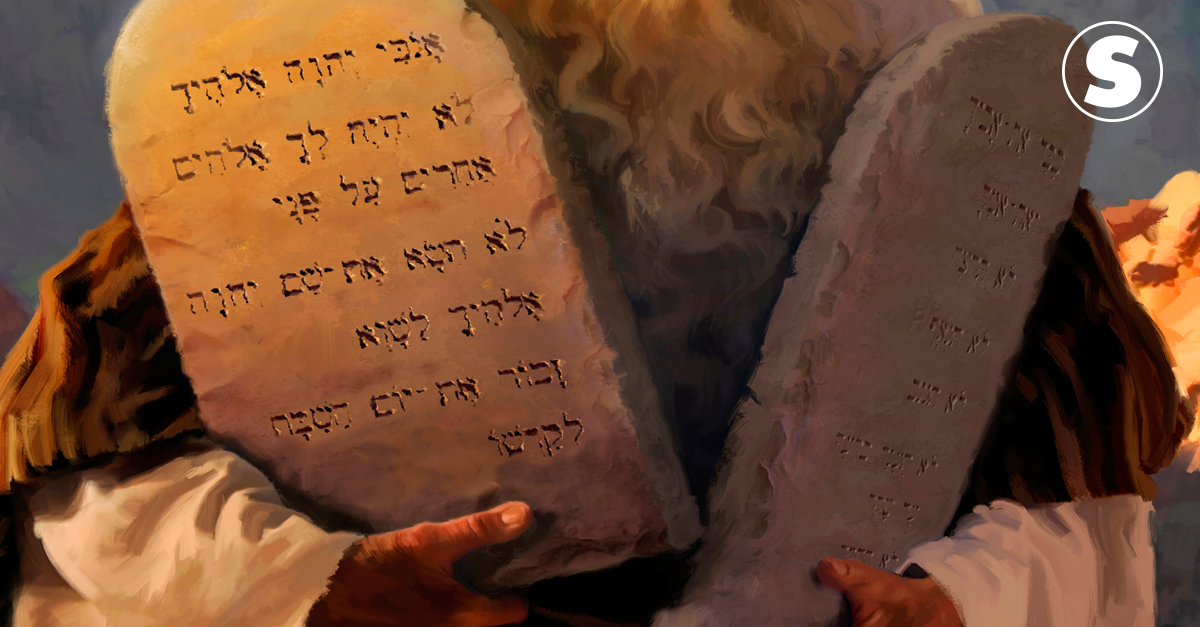

He was succeeded by Anna I, daughter of Peter the Great's half-brother and co-ruler, Ivan V. Peter II, the son of Tsarevich Alexei, took the throne but died in 1730, ending the Romanov male line. Power then passed into the hands of his second wife, Empress Catherine, who ruled until her death in 1727. Near the end of his life, Peter managed to alter the succession tradition of male heirs, allowing him to choose his heir. He had previously been arrested and died in prison shortly thereafter. His only son to survive into adulthood, Tsarevich Alexei, did not support Peter's modernization of Russia. New dynastic struggles followed the death of Peter. The coat-of-arms of the Romanov boyars was included in legislation on the imperial dynasty, and in a 1913 jubilee, Russia officially celebrated the '300th Anniversary of the Romanovs' rule'. However, the terms 'Romanov' and 'House of Romanov' often occurred in official references to the Russian imperial family. The 1944 edition of the Almanach de Gotha records the name of Russia's ruling dynasty from the time of Peter III (reigned 1761–1762) as 'Holstein-Gottorp-Romanov'. Thus they were no longer Romanovs by patrilineage, belonging instead to the Holstein-Gottorp cadet branch of the German House of Oldenburg that reigned in Denmark. From January 1762, the monarchs of the Russian Empire claimed the throne as relatives of Grand Duchess Anna Petrovna of Russia (1708–1728), who had married Charles Frederick, Duke of Holstein-Gottorp. Legally, it remains unclear whether any ukase ever abolished the surname of Michael Romanov (or of his subsequent male-line descendants) after his accession to the Russian throne in 1613, although by tradition members of reigning dynasties seldom use surnames, being known instead by dynastic titles ('Tsarevich Ivan Alexeevich', 'Grand Duke Nikolai Nikolaevich', etc.). In 1918, the Tsar and his family were executed by the Bolsheviks and the 47 survivors of the House of Romanov's 65 members went into exile abroad. The abdication of Tsar Nicholas II on 15 March 1917 as a result of the February Revolution ended 304 years of Romanov rule, establishing the Russian Republic under the Russian Provisional Government in the lead up to the Russian Civil War. Officially known as the House of Romanov, descendants after Elizabeth are sometimes referred to as 'Holstein-Gottorp-Romanov'. The direct male line of the Romanovs ended when Elizabeth of Russia died in 1762 leading the House of Holstein-Gottorp, a cadet branch of the German House of Oldenburg that reigned in Denmark, to ascend to the crown under Peter III.
DREVO DINASTIYA ROMANOVIH SERIES
Michael's grandson Peter I established the Russian Empire in 1721, transforming the country into a great power through a series of wars and reforms. On 21 February 1613, Michael Romanov was elected Tsar of Russia by the Zemsky Sobor, establishing the Romanovs as Russia's second reigning dynasty. The Time of Troubles was caused by the resulting succession crisis, where several pretenders and imposters (False Dmitris) fought for the crown during the Polish–Muscovite War. The Romanovs achieved prominence as boyars of the Grand Duchy of Moscow and later the Tsardom of Russia under the reigning Rurik dynasty, which became extinct upon the death of Tsar Feodor I in 1598.


 0 kommentar(er)
0 kommentar(er)
